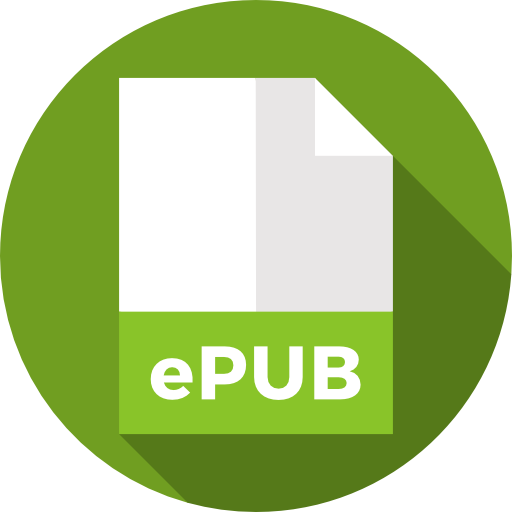
An International Publisher for Academic and Scientific Journals
Author Login
Scholars Academic Journal of Pharmacy | Volume-14 | Issue-06
Mucoadhesive Drug Delivery Systems: Formulation and Dosage form Aspects
Fatehalrahman F. Magbool, Heyam M. A. Sid Ahmed
Published: Aug. 30, 2025 |
592
836
Pages: 170-179
Downloads
Abstract
Mucoadhesive drug delivery systems (MDDS) represent an innovative in the design of drug delivery systems, and represent an innovative method for administering drugs through oral routes such as the buccal, sublingual, and gingival areas. These systems leverage natural or synthetic polymers to ensure prolonged adherence to mucosal surfaces, enabling extended and controlled release of medication. Several factors influence the effectiveness of mucoadhesion, including the hydrophilicity of polymers, molecular weight, and environmental factors like pH and moisture levels. MDDS can take various forms, including tablets, films, patches, powder, ointments and gels, each offering different drug release profiles such as immediate, sustained, or controlled. These systems enhance drug bioavailability by avoiding first-pass metabolism, making them particularly beneficial for medications with low oral bioavailability or those requiring targeted delivery. Although MDDS offer improved patient compliance and therapeutic effectiveness, they still face challenges like irritation, taste concerns, and the diluting effect of saliva, which can impact drug stability. Despite these challenges, MDDS hold significant promise for advancing drug delivery technologies across various medical applications. This review thoroughly examines the mechanisms, theories of bioadhesion, advantages, routes of administration, and dosage forms of mucoadhesive drug delivery systems.


